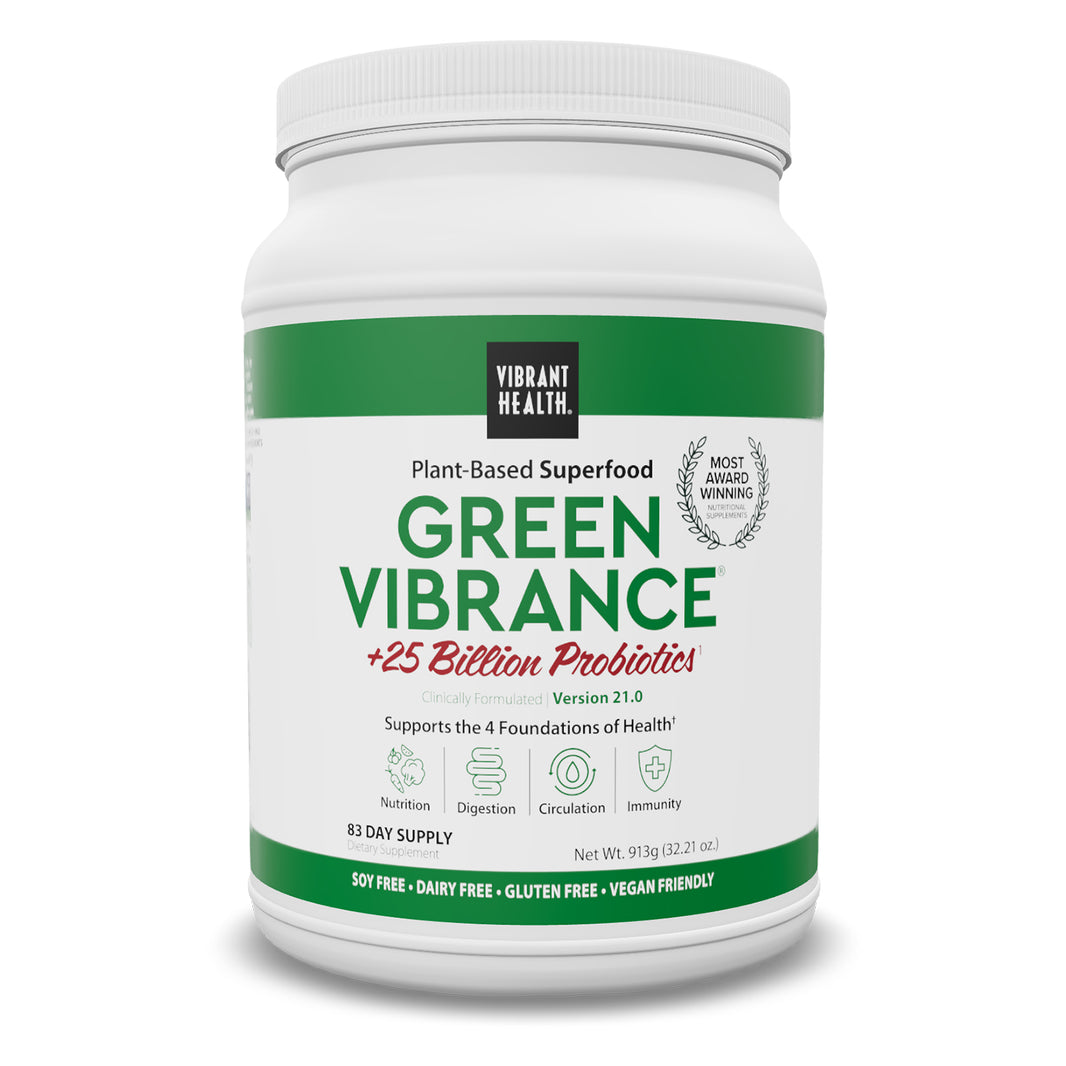Energy bars have the potential to be a great food choice. They are portable, convenient, and can be eaten virtually anywhere. However, the wrong energy bar can sabotage your diet.
Most store bought energy bars are loaded with hidden trans fat, salt, and sugar. To ensure you are snacking on a healthy treat, try making your own energy bars.Typically, any store bought energy bar is designed to sit on a shelf for a long period of time until it is purchased. This means that not many bars are made without preservatives, additives, or artificial sweeteners. Many bars will also try to trick you by labeling their product with words like, “sugar-free,” “low-sugar,” or “low-fat.” When you’re in a time crunch, these bars may seem like a good idea. But when not made with natural ingredients, energy bars may have the opposite effect as their intended purpose, leaving you hungrier than you started and with less energy.
The following homemade energy bars take 5 minutes of your time, and they ensure you are snacking on quality ingredients that won’t make you crash.
Homemade Energy Bar Recipe
Ingredients
- 3/4 cup quick rolled oats, gluten free if need be
- 1/4 cup pumpkin seed butter
- 1/4 cup chia seeds
- 1 tablespoon maple syrup
- 1 scoop vanilla protein powder
- 1 teaspoon cinnamon
- 1 teaspoon pure vanilla extract
- 1 tablespoon green superfood powder
- 1/4 cup alkaline water
Preparation
1. Place all ingredients in food processor, and pulse until well blended. The batter should be sticky and easy to press together and form into individual bars. 2. Form into bars and place in fridge for 30 minutes to set. If planning to keep for longer than 4 days, store in freezer.
Note: The type of protein powder you use will affect how the recipe turns out. Typically, fewer ingredients are better. A powder that doesn't have added veggies in the powder tends to taste better. If you don't add protein powder, you may need a little less water.
How Some of the Ingredients Can Help You Thrive
Chia
Chia seed is made of 15-25 percent protein, 30-33 percent fat, 26-41 percent carbohydrate, 18-30 percent fiber, 4-5 percent ash, and 90-93 percent dry matter. Along with a high amount of antioxidants, chia may be particularly beneficial in maintaining healthy serum lipid levels. This may be due to the presence of phenolic acid and omegas 3 and 6 in the chia seed (Ali et al, 2012).
Furthermore, chia seeds may promote weight loss as they reduce food cravings by restricting calorie absorption. They are also high in fiber and omega fatty acids, which help you feel fuller longer. This may be because chia seeds have the ability to absorb 10 times their weight in water, which forms a bulky gel. Chia gel may be beneficial in helping keep the body hydrated. The omega fatty acids found in chia seeds may also help reduce blood pressure and heart disease. It may also protect against inflammation found in arthritis. Chia seeds may slow the rate in which our body turns carbohydrates into simple sugars, which are stored as fat. Therefore, chia seeds may be beneficial in improving blood sugar levels.
Maple Syrup
Compared to refined sugar, maple syrup may have a higher antioxidant count, making it an excellent choice of sweetener for your baked goods. According to (Phillips et al, 2009), maple sugar showed an intermediate antioxidant capacity level of (0.2 to 0.7 mmol FRAP/100 g). Based on an average intake of 130 g/day of refined sugar and the antioxidant activity measured in typical diets, substituting maple syrup could increase antioxidant intake an average of 2.6 mmol/day, which is approximate to the amount found in a serving of berries or nuts.
Cinnamon
Evidence suggests that cinnamon has anti-inflammatory, antimicrobial, antioxidant, antitumor, cardiovascular, cholesterol-lowering, and immunomodulatory effects. In vitro studies show that cinnamon may act as an insulin mimetic to potentiate insulin activity or to stimulate cellular glucose metabolism. Furthermore, animal studies indicated that cinnamon has strong hypoglycemic properties (Gruenwald et al, 2010).
Feel free to purchase some of the ingredients on our online shop if you are interested in making your own energy bars. We have Protein Powder and a few different Green Food Supplements, including Green Vibrance and Maximum Vibrance.
References
Ali, N., Yeap, S., Ho, W., Beh, B., Tan, S., & Tan, S. (2012). The Promising Future of Chia, Salvia hispanica L. Journal of Biomedicine and Biotechnology, 1-9.
Gruenwald, J., Freder, J., & Armbruester, N. (2010). Cinnamon and Health. Critical Reviews in Food Science and Nutrition, 822-834.
Gonzales, G., Gasco, M., & Lozada-Requena, I. (2014). Role of Maca (Lepidium meyenii) Consumption on Serum Interleukin-6 Levels and Health Status in Populations Living in the Peruvian Central Andes over 4000 m of Altitude. Plant Foods for Human Nutrition, 347-351.
Phillips, K., Carlsen, M., & Blomhoff, R. (2009). Total Antioxidant Content Of Alternatives To Refined Sugar. Journal of the American Dietetic Association, 64-71.




























Leave a comment